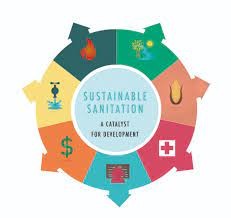Free Courses Sale ends Soon, Get It Now


Free Courses Sale ends Soon, Get It Now



Disclaimer: Copyright infringement not intended.
Context
About the News
What are the types of sanitation systems?
Key Facts
Benefits of improved sanitation
Challenges
Steps taken via 10 year rural sanitation strategy
|
PRACTICE QUESTION Discuss the critical role of sanitation in achieving sustainable development and public health. Elaborate on the challenges faced in ensuring widespread access to sanitation facilities and propose effective measures for improvement. |
© 2024 iasgyan. All right reserved